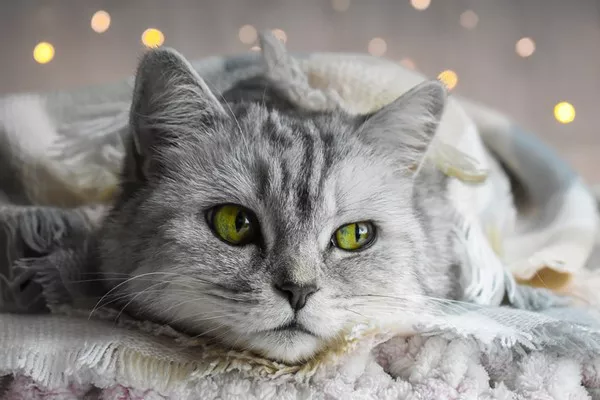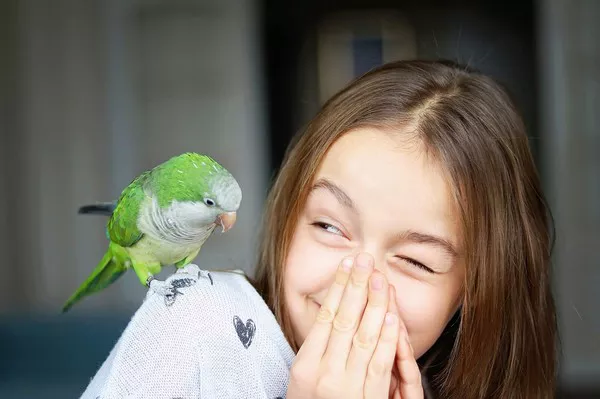Bearded dragons, scientifically known as Pogona vitticeps, have gained immense popularity as pets in recent years. Their unique appearance, calm demeanor, and relatively easy care requirements make them a favorite among reptile enthusiasts. One intriguing aspect of keeping these fascinating creatures as pets is the question of whether they can recognize their owners. In this article, we will delve into the fascinating world of bearded dragons and explore the question, “Can bearded dragons recognize their owners?”
Introduction
Bearded dragons are known for their distinctive appearance, with spiky scales under their throats that can puff up, resembling a beard. They are docile and relatively social creatures, which leads many owners to wonder if their pets can actually recognize them. To answer this question, it’s essential to understand the capabilities and limitations of these reptiles‘ cognitive abilities.
Understanding Bearded Dragon Behavior
Before exploring whether bearded dragons can recognize their owners, it’s crucial to have a basic understanding of their behavior and characteristics. Bearded dragons are diurnal, which means they are most active during the day. They are also territorial animals and display various behaviors, such as head bobbing, arm waving, and puffing up their beards, to communicate with other bearded dragons and establish dominance or boundaries.
Can Bearded Dragons Recognize Their Owners?
The question of whether bearded dragons can recognize their owners is a topic of interest for many pet enthusiasts. While scientific research on this specific aspect of their behavior is limited, there is evidence to suggest that bearded dragons can differentiate between different individuals, including their owners. However, their recognition abilities may not be as advanced as those of more complex animals, such as dogs or cats.
Signs Your Beardie Recognizes You
To determine if your bearded dragon recognizes you, it’s important to look for specific signs and behaviors. While the signs may not be as overt as a dog wagging its tail or a cat purring, there are subtle cues that can indicate recognition. Here are some of the signs to watch for:
1. Calmness and Relaxation
A bearded dragon that is comfortable and recognizes its owner is more likely to remain calm and relaxed in their presence. If your pet remains composed when you approach its enclosure or interact with it, this may be a sign of recognition.
2. Tolerance to Handling
Bearded dragons that recognize their owners tend to be more tolerant of being handled. They may not display stress or attempt to escape when you pick them up. This behavior suggests a level of trust and familiarity.
3. Reduced Stress Responses
When a bearded dragon is familiar with its owner, it may exhibit reduced stress responses. This includes less frequent beard puffing, decreased arm-waving, and a lower likelihood of hiding when approached.
4. Active Behavior
Bearded dragons that recognize their owners may become more active when their owners are nearby. They might show interest in interacting or even approach the front of their enclosure to get a better view of their owner.
5. Nuzzling or Nudging
Some bearded dragons exhibit behavior that resembles nuzzling or nudging when they recognize their owners. They may gently touch or tap their owner’s hand, arm, or face.
6. Relaxed Body Language
An essential sign of recognition is the bearded dragon’s body language. When they are comfortable with their owner, they are more likely to have a relaxed posture with limbs extended and a neutral-colored beard.
7. Purring or Chirping
Although not audible in the traditional sense, bearded dragons can make soft, chirping or purring sounds when content or recognizing their owners. These vocalizations are usually very quiet and may require a keen ear to detect.
8. Gazing Behavior
Bearded dragons that recognize their owners may exhibit a form of gazing behavior. They may turn their head to follow their owner’s movements and maintain eye contact.
9. Feeding Behavior
Recognition can also manifest during feeding. Some bearded dragons may show a preference for hand-fed meals from their owner rather than eating from a dish.
10. Response to Voice
While bearded dragons don’t have the same acute hearing as mammals, they can still respond to their owner’s voice. They may become more alert or display signs of recognition when they hear their owner speaking.
11. Reptilian Smiles
Bearded dragons have a unique “smiling” behavior, where they open their mouths and expose their teeth. This is not a sign of aggression but can be a display of comfort and recognition when it occurs in the presence of their owner.
12. Body Heat Attraction
Bearded dragons are ectothermic, meaning they rely on external heat sources to regulate their body temperature. Some bearded dragons may seek warmth by sitting on their owner’s body when outside of their enclosure, which can be seen as a sign of recognition.
13. Tail Wagging
While not as prominent as in dogs, some bearded dragons may exhibit a slight tail wag when they recognize their owner or are excited to see them.
14. Bonding Over Time
Recognition and bonding with a bearded dragon are often gradual processes. Over time, consistent positive interactions with their owner can strengthen the bond and recognition.
15. Consistency in Behavior
Consistency in the aforementioned behaviors over time is a clear indicator that your bearded dragon recognizes you as its owner. These signs demonstrate trust, familiarity, and comfort in your presence.
Factors Influencing Recognition
Several factors can influence a bearded dragon’s ability to recognize its owner:
1. Time and Interaction
The more time you spend with your bearded dragon and the more positive interactions you have, the stronger the recognition is likely to become. Consistency in your presence and care can foster trust and familiarity.
2. Handling
Gentle and respectful handling from a young age can contribute to a bearded dragon’s recognition of its owner. Rough or stressful interactions can have the opposite effect.
3. Feeding
Feeding your bearded dragon can be a bonding experience. Hand-feeding, providing a variety of foods, and offering treats can strengthen the bond and recognition.
4. Enclosure Setup
Creating a comfortable and enriching environment within the enclosure can make your bearded dragon feel safe and content. This positive environment can contribute to recognition.
5. Voice and Scent
Bearded dragons can become accustomed to their owner’s voice and scent over time, enhancing their ability to recognize their presence.
Conclusion
While the question of whether bearded dragons can recognize their owners may not have a definitive answer, there are clear indications that these reptiles can form bonds and exhibit signs of recognition.
The level of recognition can vary from one bearded dragon to another, influenced by factors such as time, interaction, handling, feeding, and the overall care provided. Owners who invest time and effort into building a positive relationship with their bearded dragons are more likely to experience these signs of recognition and strengthen the bond between them and their scaly companions.
Understanding the signs that your bearded dragon recognizes you can lead to a more enriching and rewarding pet-owner relationship.
Whether it’s through calm behavior, tolerance to handling, or even subtle vocalizations, the subtle ways in which bearded dragons express their recognition can bring joy to any reptile enthusiast. As with any pet, patience, consistency, and positive interactions play a pivotal role in fostering a strong and meaningful connection between a bearded dragon and its owner.
Related Topics:
How Often Should a Bearded Dragon Poop?
How Long Can a Bearded Dragon Go Without Food?
Do Bearded Dragons Need to Be Sprayed? How Often?


























